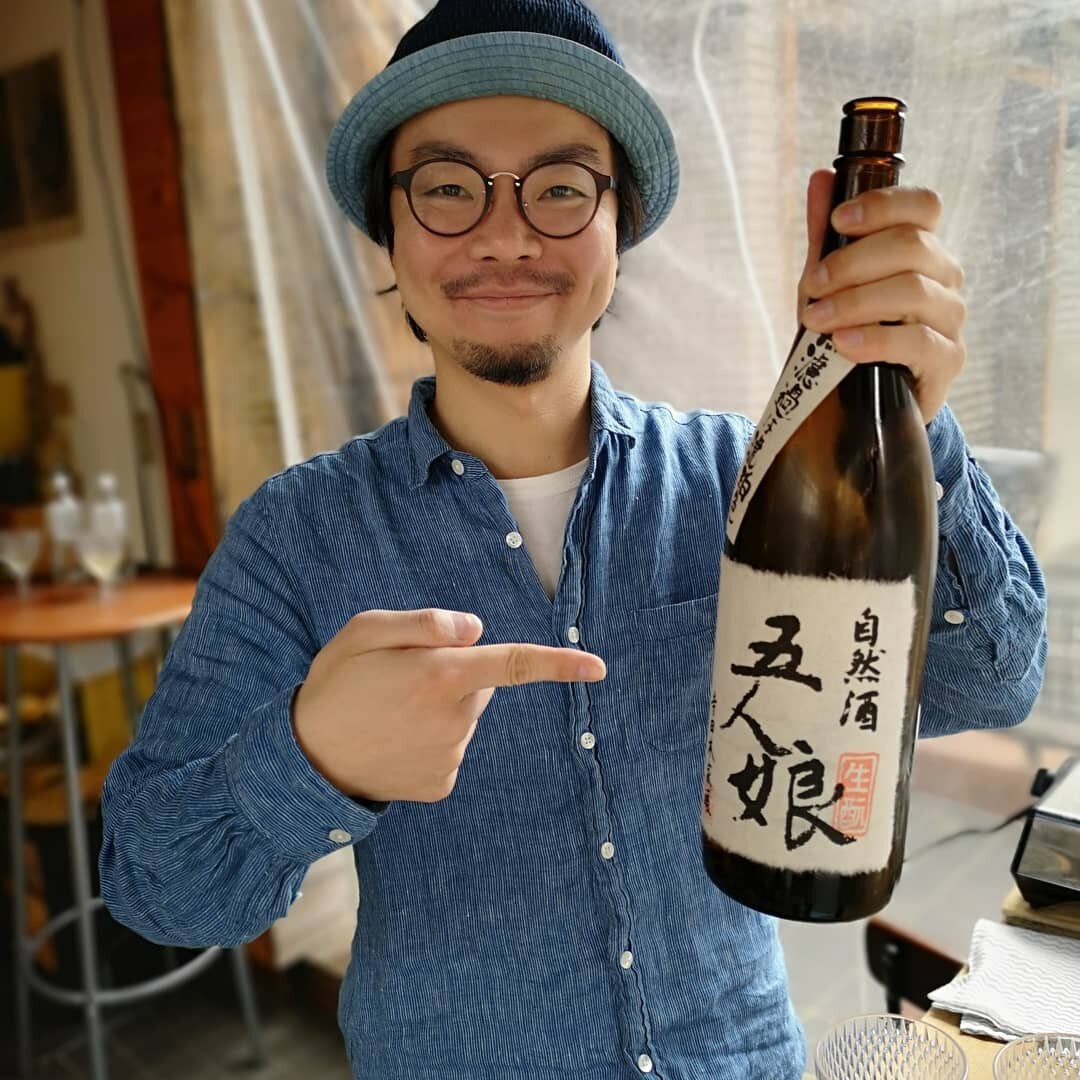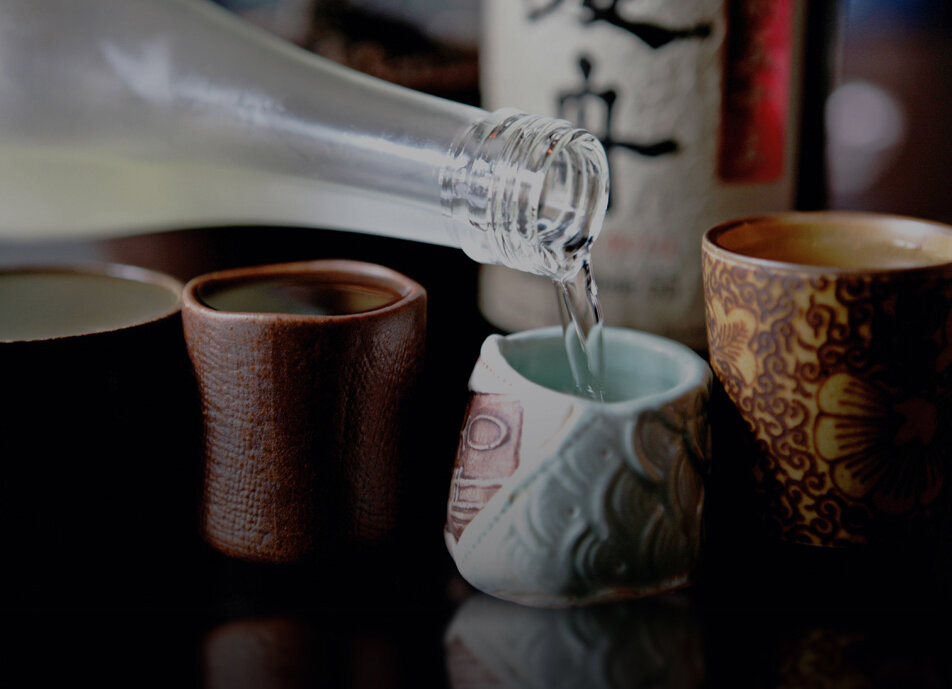
Retrosake is Ireland’s first and only dedicated premium sake importer.
We supply traditionally-brewed additive-free sake, which we buy directly from renowned producers in Japan, and import temperature controlled into Ireland to ensure optimal freshness and quality.
Origins
Premium sake is made from selected sake specific rice and pure spring water from the Japanese mountains, and we recommend it is served slightly chilled and enjoyed like a fine wine. Its purity and natural umami taste make it the perfect pairing for any fine food and as it contains no sulphites and is low in acidity, it is digested with ease.
How sake is made
Sake is produced by a brewing phenomenon unique to sake called Multiple Parallel Fermentation. The process is more akin to that of beer, where starch is converted into sugars, which ferment into alcohol with the addition of yeast. When sake is brewed, the conversion of starch to sugar and sugar to alcohol occur simultaneously.
Nihon-shu
Sake resembles white wine in appearance, ranging from almost transparent to dark amber. Undiluted sake contains 18–20% ABV (although this is almost always lowered to about 15% by diluting with water prior to bottling). In Japanese, the word sake can refer to any alcoholic drink, while the beverage called "sake" in English is usually termed Nihonshu meaning 'Japanese liquor’. In Japan, where it is the national beverage, sake is often served with special ceremony, where it is gently warmed in a small earthenware or porcelain bottle and sipped from a small porcelain cup called a sakazuki. As with wine, the recommended serving temperature of sake varies greatly by type. Sake is generally not aged, but is consumed within a couple of years of its bottling date.
Sake types
Quality Grade
DAIGINJO (super premium) = Less than 50% remaining
GINJO (premium) = 60% to 50% remaining
The outer layers of the rice contain a lot of protein, fat, and minerals, which can make the sake taste heavy and bitter. Polishing away these layers is generally thought to improve quality by making the sake lighter and cleaner in taste.
Distilled alcohol content
JUNMAI = no added alcohol
HONJOZO = Limited amount added
The technique of adding distilled alcohol to the mash before filtering has been used by brewers for the past several centuries to enhance quality, or to stabilise the sake and to lower its cost. There is more futsushu and honjozo sake on the market than junmai sake.

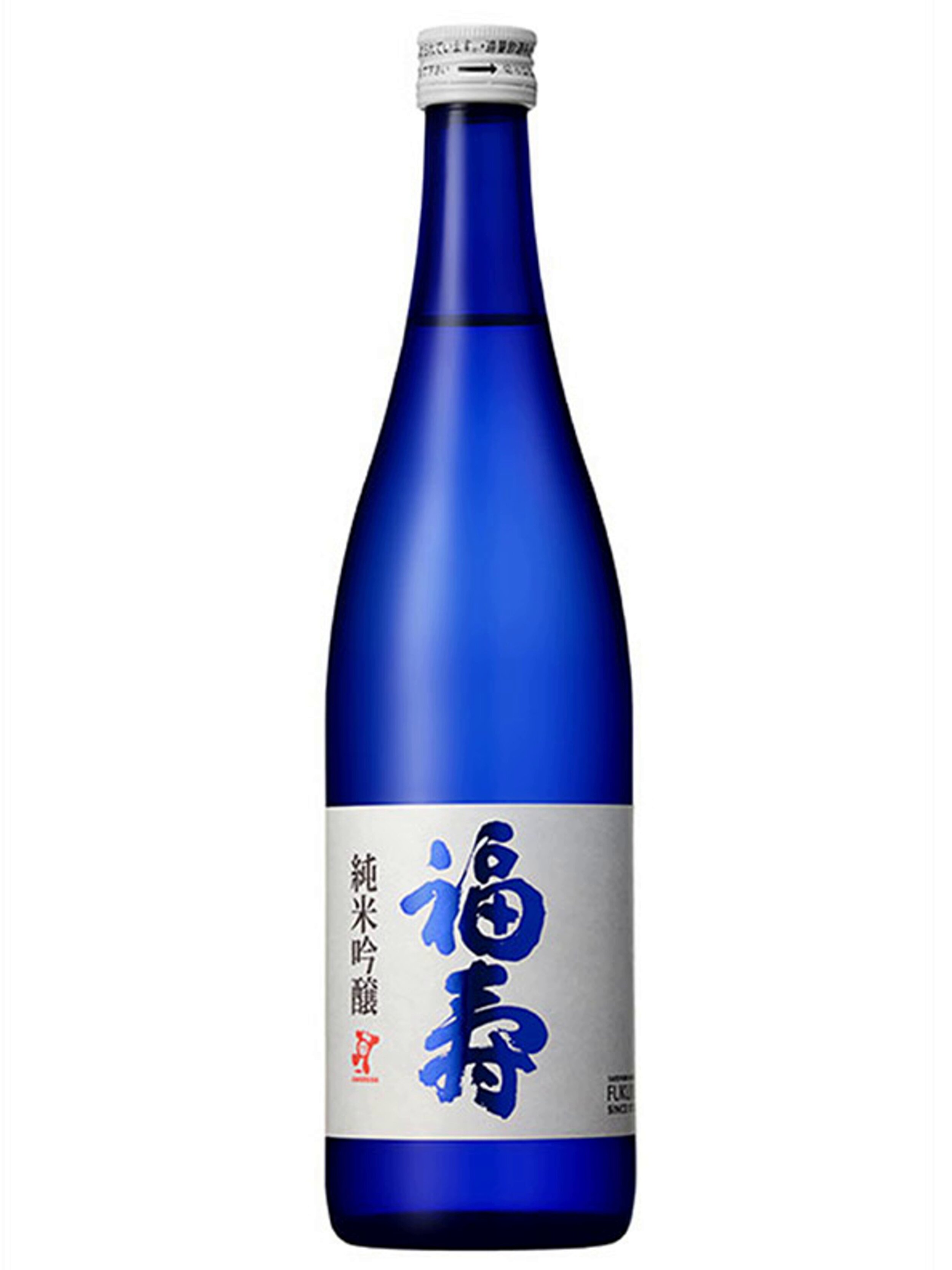
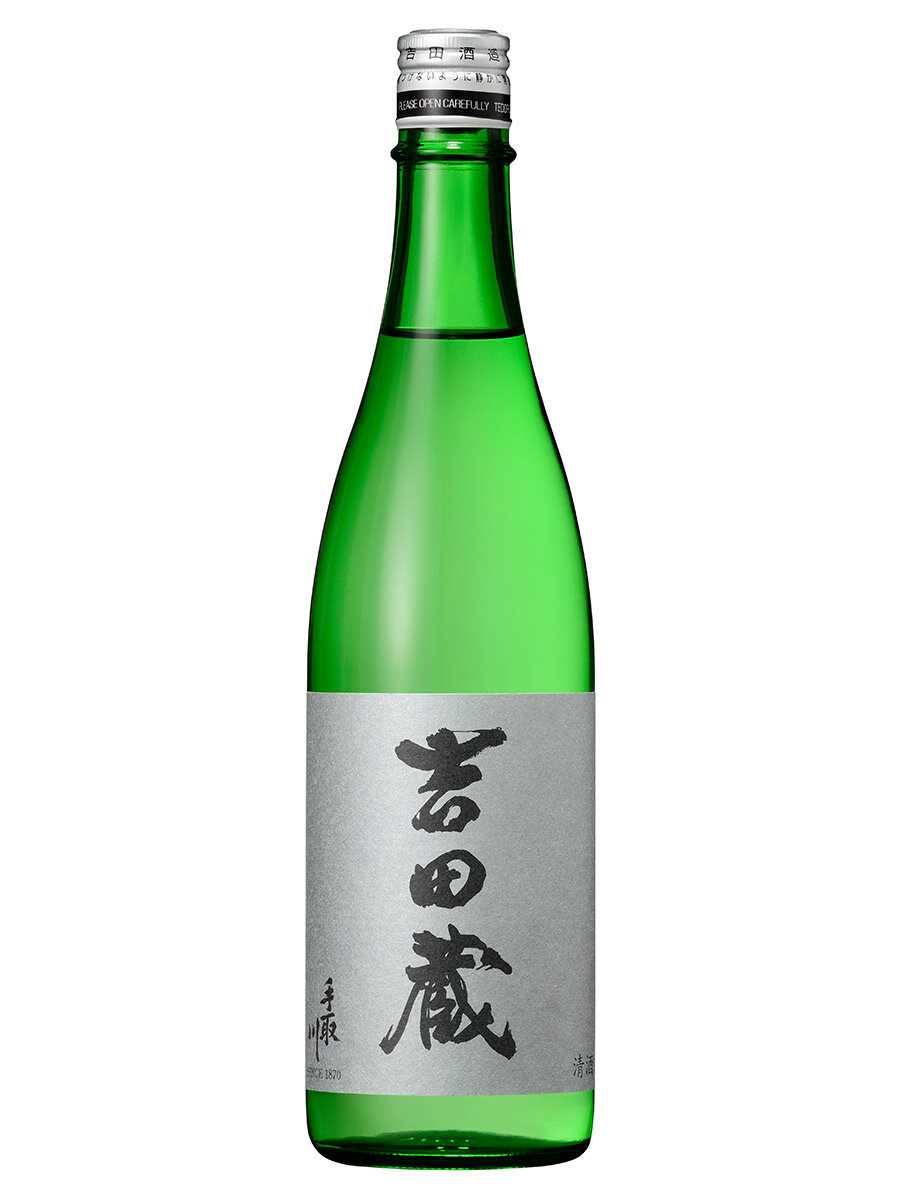
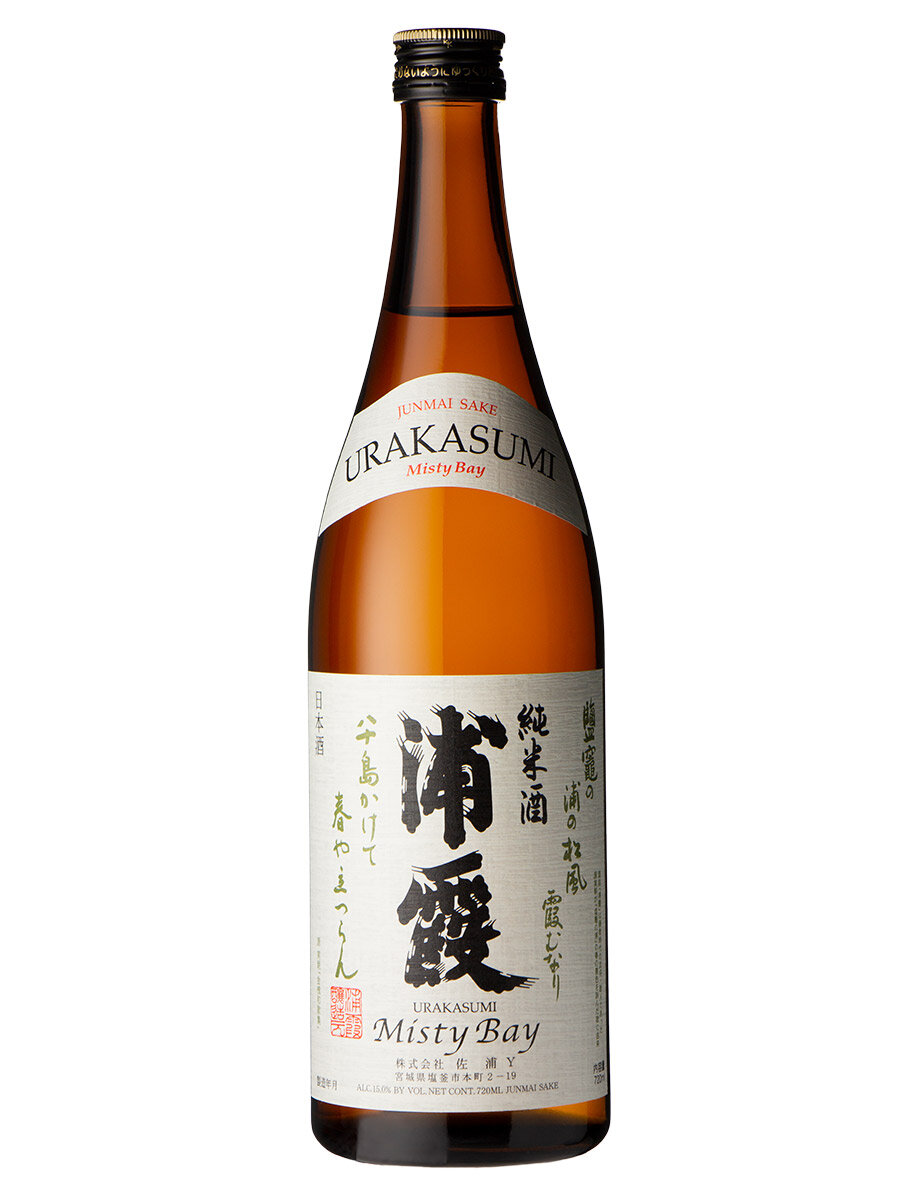

Sake styles
Pasteurisation
NAMA = Not pasteurised
NAMACHOZO = Pasteurised once at bottling
NAMAZUME = Pasteurised once during storage
The purpose of pasteurisation is to stabilise the sake by eliminating bacteria and by de-activating enzymes that would otherwise change the sake’s character, and to that end, most of the sake out there has been pasteurised twice. But we love Namazake!
Water dilution
GENSHU = Not diluted
Diluted = no special word
Freshly brewed sake can have a natural alcohol content of 16% to 19%, but the brewing industry has determined that most consumers prefer less alcohol, so they typically add water before bottling to reduce the alcohol content to around 15%.
Lactic acid production
YAMAHAI and KIMOTO = Produced in starter
Added to yeast starter = no special word
Lactic acid is essential at the beginning of yeast fermentation because this organic acid suppresses the growth of other microbes that would compete with the yeast. The difference between the usual “modern” yeast starter method and the older methods is the way that the lactic acid is obtained. In kimoto and yamahai starters, bacteria that produce lactic acid are grown in the tank first, and then yeast fermentation begins when the necessary acid level is reached.

Shop Retrosake
Buy one of our selected sake sets to give you a flavour
of the many tastes on offer in the world of Nihon-shu.
To see our full sake list or enquire about stocking our range please get in touch.





